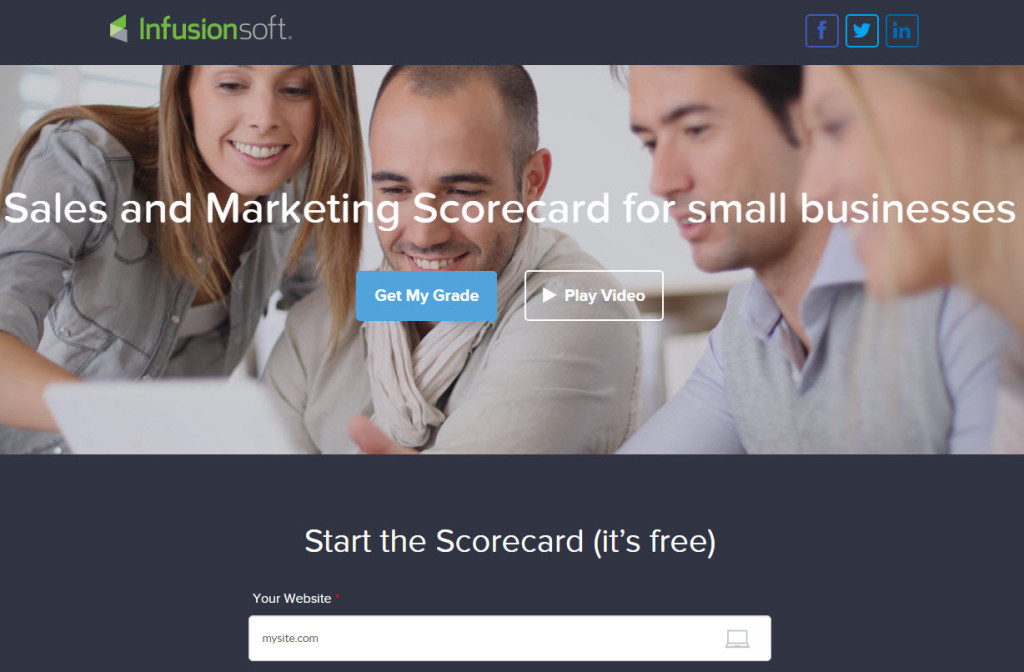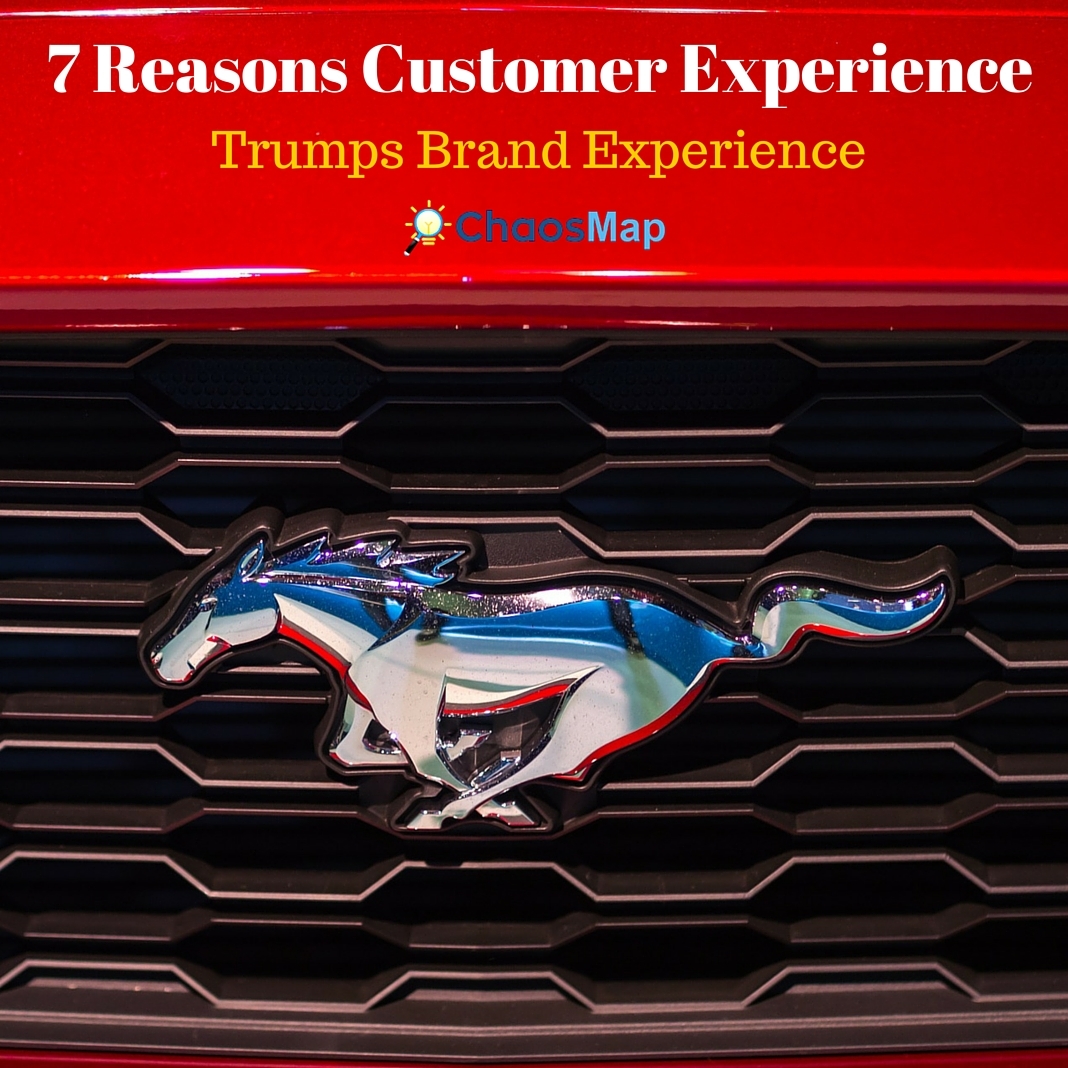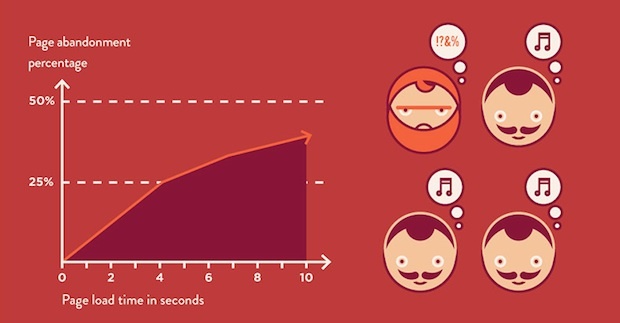Pop quiz time!
 What is the most important part of your digital marketing campaign?
What is the most important part of your digital marketing campaign?
It’s a trick question. (All of them are important!)
Imagine this: your business is like a 4-legged bar stool. Take any one of the four legs out and it will fall over.
Strangely, most businesses are like a three legged stool.
This is because while they have a great product/service, have wonderful and skilled salespeople with solid product knowledge, conversation skills and a team willing and able to fulfill the customers every need and desire…
… they don’t give lead generation the time it deserves.
However, it’s not their fault.
Lead generation is one of the most difficult and intimidating parts of any B2B market places. There are so many different parts that it can be near impossible to know where to begin.
In this article, you’ll learn how to create quality leads for your business-to-business company and master the skill of lead generation (demand generation)… so you can take your business to the next level.
First, consider this chart from Content Marketing Institute. It shows that you must ensure an intelligent content plan and relevant marketing strategy.
“B2B marketers who have a documented content strategy are fare more likely to consider themselves effective”:
Get productive, and review your content marketing strategy and make sure you put one in place. It will positively impact all the steps below and make the job much easier.
Just think how your business life would change if you had a steady stream of customers or clients …ready, willing and able to buy from you, and lining up to give you their time & money?
The money is in the people who say “NO”?
Don’t you hate when people say “No” to your products and services?
Wouldn’t it be so much better if every person and every company wanted to work with you?
Your largest source of untapped wealth is the people who say “No”.
Think about this example:
Let’s say that today, 10 people respond to an online advertisement you run – that sends visitors to a custom landing page with a special offer or call to action.
You send these 10 people more information and 4 of them booked an appointment with you.
One of them became a paying client.
That’s a 10% conversation rate on your advertisement. Not bad, although a lot of people said “No” during the period. (Note: I’m assuming that your campaign expenditure vs. return ratios are in balance, or that you are tracking and even considering loss-leaders.)
What’s important to understand is that they didn’t say “No” because they weren’t interested at all. They have already raised their hands when they responded to your ad.
This shows that they had a need for what you were offering as well as a desire. These are 10 interested and qualified people.
The reality is that they have a need, but weren’t ready to buy or make an appointment at that exact time.
To never contact these people again is a cardinal marketing sin.
Although this is a basic example, how many prospects who you KNOW would benefit from working with you … are you missing out on because of a lack of follow up?
This is the secret of 360 degree lead generation – finding the people who said “No” at some point and giving them more opportunities to say “Yes”.
The solution here is twofold:
- CRM marketing. The age old auto responder and customer capture.
- Doing SEO correctly (the strategies are different for B2B than B2C).
Let’s take each in turn…
STEP 1: CRM Marketing
“Customer relationship management (CRM) is an approach to managing a company’s interactions with current and future customers. It often involves using technology to organize, automate, and synchronize sales, marketing, customer service, and technical support” – WikipediA
A CRM is a product like Salesforce, Marketo, Hubspot or Infusionsoft that allows you to create a prospect entry in their database and build auto-responder message series for your business segments.
This gives you the opportunity to follow up with prospects repeatedly, to build and nurture relationships and to offer your services or products over and over again …in a number of different ways.
You already know you need a CRM and auto-responder features, but are you using one? And if you are using an auto responder, are you using it as effectively as you could be?
Building emails and auto responder campaigns are too large a topic to cover in this post, so if you want more, John McIntyre “The Autoresponder Guy” has you covered.
STEP 2: SEO for Business-to-Business Marketing
You’re probably familiar with most of the concepts of good SEO so we’ll save you a lecture here.
Instead, let’s look at the differences of using SEO for business-to-business lead generation as opposed to business-to-consumer.
- Keywords: They can be more difficult to research, analyze and optimize (but more rewarding when you do). Since there may not be a lot of obvious keywords available (and potential traffic) for B2B, the focus must be on quality over quantity. It will take more time to find high-intent search terms, but when you do discover them, it is like striking gold. You might begin by using the Google Keyword Planner. But don’t stop there, it’s very specific to paid search, and not organic (SEO)! Go out and search your topics and competitors in Google search directly, and look at the suggested searches at the bottom of the page of search results. Take a look at Google predictions via Instant Search.
- Check for penalty back links: You don’t want to be putting out lots of effort only to be slowed down by a penalty such as the Penguin update.
- Leverage social media: Social media marketing is invaluable for SEO purposes over time. While we don’t think Google is using the signals directly, we believe this will change over time. For now, the publishing of data across your key social networks not only builds traffic and visibility for your brand, but can have a “2nd wave effect” of links, which are still very important for higher rankings. However, many business-to-business companies think that social media is a place where you stay in touch with your friends – not where business is done. Social media, however, gives you easy reach and allows you to build and nurture relationships. (This speech from Gary Vaynerchuk might open your eyes [7 minutes of “Gary Vaynerchuk: I love Social Media because it sells stuff!”)
STEP 3: Retargeting: For When CRM’s fail
The importance of a full and complete CRM with an auto-responder sequence has been made very clear in case study after case study. This is one of your most important assets for lead generation and creating raving fan customers.
However, what if you never get an email address?
What about the people who say “No” the first chance they get? Can those people still become leads?

The answer is yes, due to the power of retargeting.
For example, using Facebook advertising and retargeting, or Google’s remarketing and customer match (uploading emails and matching) capabilities.
Done right, this can become your highly targeted “perpetual” traffic machine and with an improved customer segmentation matrix and lowered spend over time.
Again, you’ve probably heard of retargeting before. The question is, are you using it? Check the Guide To Retargeting here.
There’s one final step that most marketers overlook.
This step has five words: Double down on whatever works.
Ultimately, all marketing, online or off, is a test.
Your job when creating marketing campaigns is to try different things and see what works. As you’ve probably seen, what you think people will respond to, and what they ACTUALLY respond to are two very different things.
Also think about your message, market and platform. As you can see in this lead generation training video for CPAs and Accountants, it’s not about the tools at first.
(That’s why SEO is such a powerful strategy when done right. Keyword-driven searches with high user intent that match your targeted, well-crafted pages and messages are GOLD!)
When you find a strategy that works, an ad that is getting profitable clicks, a landing page that is converting, a message that has a high click through rate or a sales letter that is making sales, double down on it.
Measuring these statistics is easy.
Your CRM will provide you with details on open rates and click through rates, and you must use Goals and UTM tracking in Google analytics (Click here for more information on Google goals) to get accurate statistics on your campaigns.
For larger businesses and specifically for B2B, there is also LinkedIn’s Lead Accelerator. (You can learn more about that here.)
You’ve now learned a number of practical steps in this article. You can use these to create literally million dollar leads.
What strategy will you start with first?
BONUS: Get the free lead generation guide that will show you how to quickly get more leads from traffic. Includes 2 bonus strategies not found in this post.


























